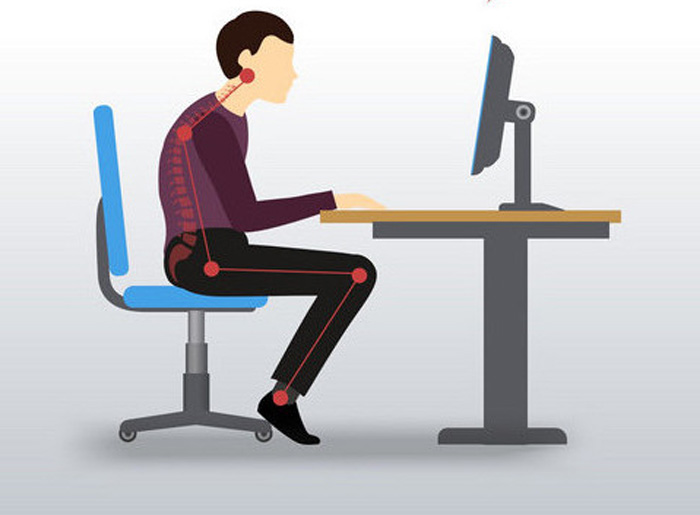Slouching and improper standing postures may seem harmless, but as highlighted by digital creator Shivam Ahlawat and supported by health experts, they can lead to serious health issues, including leg pain, sciatica, and scoliosis. In a widely shared Instagram reel, Ahlawat demonstrated two common standing habits: shifting weight onto one leg and leaning on a hip while propping an arm on a surface. These seemingly minor habits can have long-term consequences.
How Improper Standing Can Lead to Sciatica and Scoliosis
- Impact on the Sciatic Nerve: Standing with uneven weight distribution or an exaggerated pelvic tilt can compress the sciatic nerve. This nerve runs from the lower back through the hips and down each leg. When compressed or irritated, it can cause sciatica, characterized by sharp pain, tingling, or numbness radiating down the leg. Over time, this can severely limit mobility and result in chronic pain.
- Muscle Stress and Scoliosis: Asymmetrical standing positions, such as leaning on one hip, place uneven stress on the muscles and spine. This imbalance can contribute to scoliosis, a sideways curvature of the spine. Without intervention, scoliosis can worsen over time, leading to posture problems, back pain, and even reduced lung capacity. In severe cases, surgical correction may be necessary.
What Are Sciatica and Scoliosis?
- Sciatica: A condition caused by compression or irritation of the sciatic nerve. It is characterized by sharp pain, tingling, or numbness that typically starts in the lower back and radiates down one leg. It can interfere with daily activities and significantly impact quality of life.
- Scoliosis: A condition where the spine curves sideways. Mild scoliosis may not cause symptoms, but severe cases can result in back pain, breathing difficulties due to reduced lung capacity, and posture deformities. Early detection and treatment are crucial to manage its progression.
How to Stand Properly to Avoid Long-Term Pain
To prevent sciatica, scoliosis, and other posture-related issues, following tips for maintaining good posture:
- Distribute Weight Evenly: Ensure that both feet carry equal weight when standing. Avoid leaning on one leg, which can create imbalances.
- Maintain a Neutral Pelvic Position: Keep the pelvis aligned without tilting it excessively forward or backward.
- Align the Spine: Stand with your back straight, shoulders relaxed and back, and chin level. This alignment supports the natural curves of the spine.
By practicing these habits consistently, you can reduce the risk of developing chronic pain and structural issues, ensuring better overall health and posture.
Disclaimer:
The information contained in this article is for educational and informational purposes only and is not intended as a health advice. We would ask you to consult a qualified professional or medical expert to gain additional knowledge before you choose to consume any product or perform any exercise.







